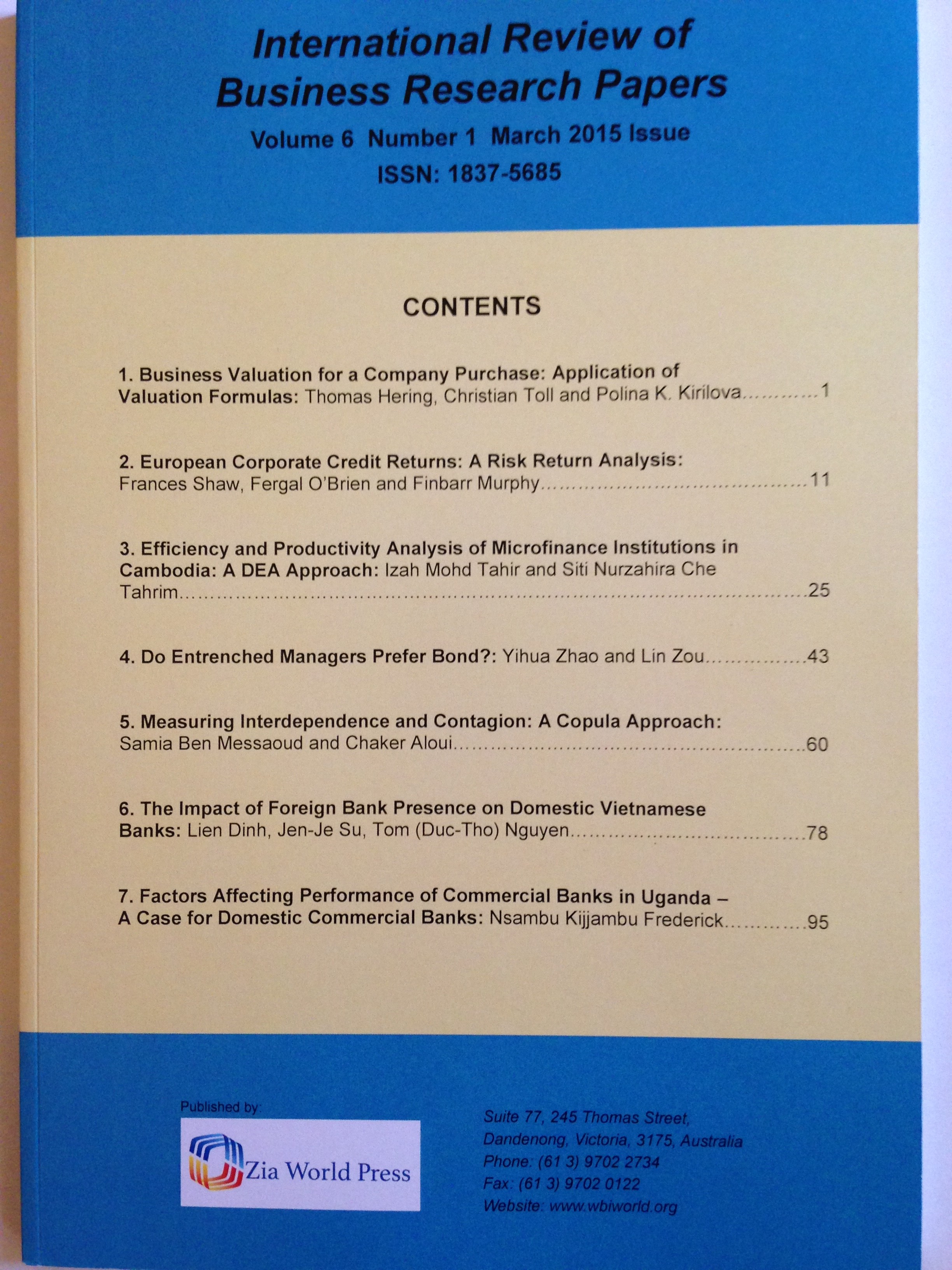Pages
65 – 80
Real estate markets around the world have undergone dynamic changes over the past decades, due to the globalisation and internationalisation of cross-border investments. This paper disentangles the factors that influence the determinants of cross border real estate investments in Asian countries, particularly in South Korea and Singapore, from the perspective of cultural value - Uncertainty Avoidance Index (UAI). 200 survey samples were collected from these two countries, measuring the investors’ intention to participate in cross-border real estate investment based on two factors; financial factors and security factors. These samples were examined with reference to their reciprocal link with UAI, using logistic binary regression. The outcome of research shows that Singaporean investors, who exhibit a lower UAI, are inclined to be influenced by financial factors rather than security factors, and are more receptive towards cross-border real estate investment than Korean investors. The implication of these findings are not only limited to establishing a conceptual model for the determinants in these two countries, but to meet the imperative needs of academics and practitioners, who wish to effectively manage the regional development of this new trend – cross-border real estate investments.

